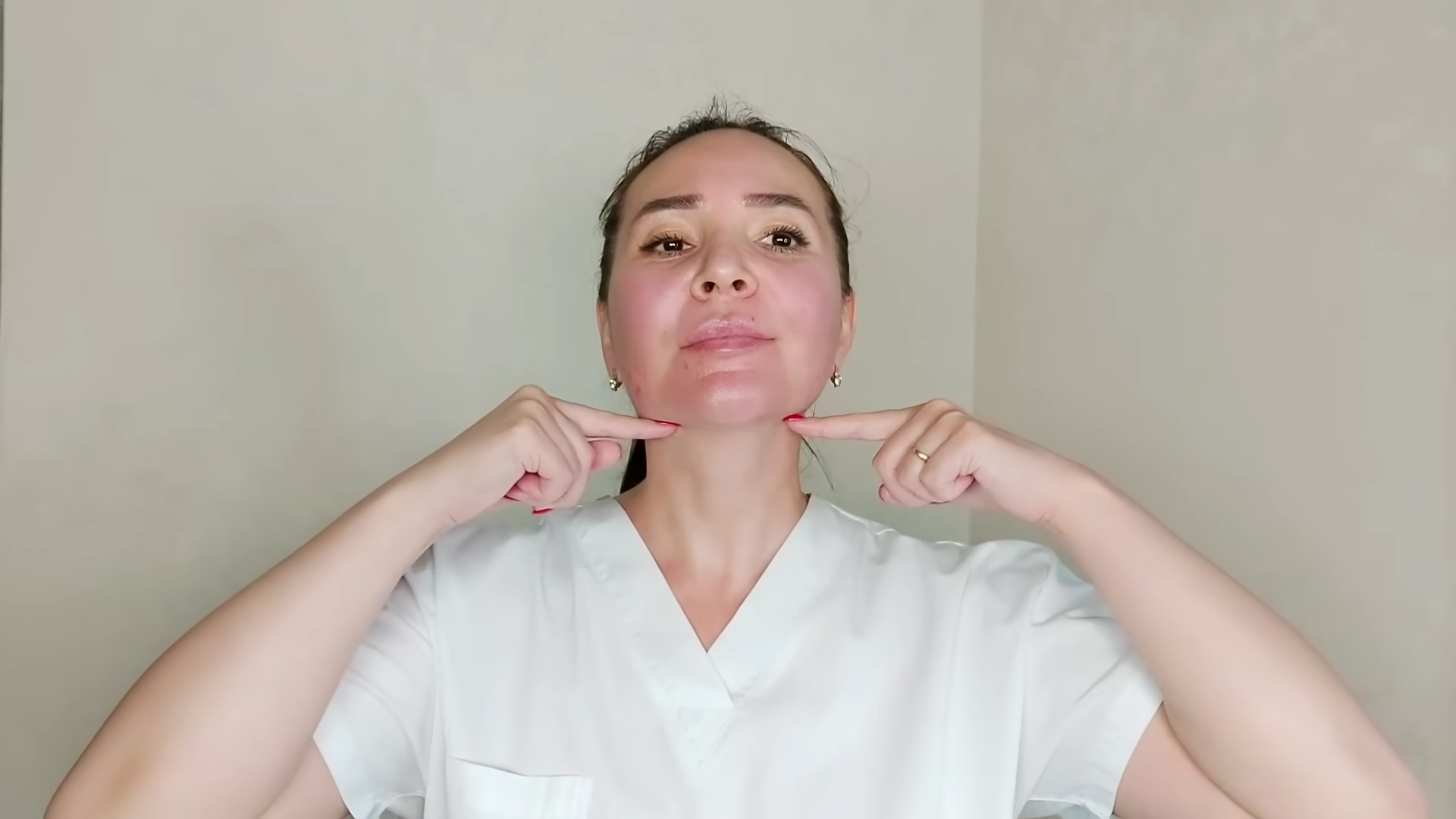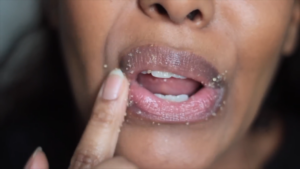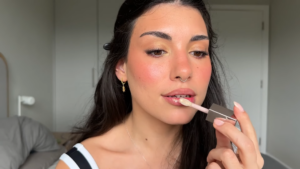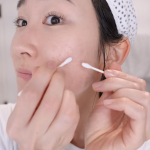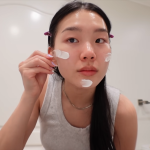Our skin is the largest and most visible organ in our body. It functions as a protective barrier against the environment, regulates body temperature, and provides the sensation of touch. However, our skin is also susceptible to damage caused by external factors, including sun exposure.
Excessive sun exposure can cause premature aging of the skin, characterized by wrinkles, fine lines, age spots, and sagging skin. This process is known as photoaging, and is caused by damage to the skin structure due to ultraviolet (UV) radiation in sunlight.
How Sun Exposure Damages Skin
Sunlight emits two types of UV radiation that are harmful to the skin: UVA and UVB.
- UVA: UVA radiation has longer wavelengths and can penetrate deeper into the skin. It is responsible for premature aging, including wrinkles and fine lines.
- UVB: UVB radiation has shorter wavelengths and is absorbed by the shallower layers of the skin. This causes skin burning, redness, and peeling.
Excessive exposure to UV rays can damage the collagen and elastin fibers in the skin, which provide strength and elasticity. This damage causes the skin to become saggy, wrinkled, and less elastic. Apart from that, exposure to UV rays can also increase the production of melanin, the pigment that gives skin its color. This can cause age spots, sun spots, and other skin discoloration.
Factors that Increase Skin Susceptibility to Sun Exposure
Several factors can increase skin susceptibility to sun damage, including:
- Skin type: People with light skin are more susceptible to sun damage than those with dark skin.
- History of sun exposure: Excessive sun exposure in the past can increase the risk of premature aging.
- Family history: A family history of skin cancer or premature aging may increase the risk.
- Certain medications: Some medications, such as antibiotics and acne medications, can make skin more sensitive to sunlight.
- Medical conditions: Certain medical conditions, such as lupus and xeroderma pigmentosum, can increase susceptibility to sun damage.
How to Protect Skin from Sun Exposure
Preventing sun damage is an important step to maintaining the health and appearance of your skin. Here are some ways to protect your skin:
Limit sun exposure: Avoid direct sun exposure during peak hours (10 am to 4 pm).
Use sunscreen: Apply broad-spectrum sunscreen with SPF 30 or higher 15-20 minutes before leaving the house. Reapply every two hours or more often if sweating or swimming.
Wear protective clothing: Wear protective clothing, such as a long-sleeved shirt, long pants, and a wide-brimmed hat.
Wear sunglasses: Wear sunglasses that block 100% of UVA and UVB rays.
Seek shade: Seek shade under a tree, umbrella, or tent.
Avoid sunbeds: Sunbeds emit UV radiation which can damage the skin and increase the risk of skin cancer.
Conclusion
- Excessive sun exposure can cause premature aging of the skin, characterized by wrinkles, fine lines, age spots, and sagging skin. This damage is caused by UV radiation in sunlight, which can damage collagen and elastin fibers in the skin.
- Several factors can increase skin susceptibility to sun exposure, including skin type, history of sun exposure, family history, certain medications, and medical conditions.
- It is important to protect skin from sun exposure by limiting exposure, using sunscreen, wearing protective clothing, and seeking shade. By taking these steps, you can help maintain the health and appearance of your skin for years to come.

